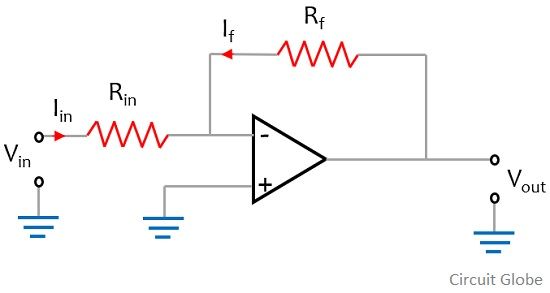Positive and Negative feedback are the two major classifications of feedback used in Control Theory. The significant difference between positive and negative feedback is that in positive feedback the effective signal at the input is the sum of the actual input and the feedback signal. On the contrary, in the case of negative feedback, the effective input signal is the difference of the original input and the feedback signal.
In positive and negative feedback, the relationship between input and output is in-phase and out-phase respectively.
What is Feedback?
Feedback in the control system is defined as a way of providing output (or a part of the output) back to the input. The signal can be either current or voltage depending on the operation. However, both positive and negative feedback possess unidirectional behaviour in the signal flow.
Feedback is considered to be a major part of a closed-loop control system that utilizes negative feedback in order to provide a sampled output signal back to the input. This facilitates the generation of an error signal which is used by the controller to adjust the necessary input to get the desired output.
Feedback plays a crucial role in control systems thus find various applications in the process control system, amplifier, and oscillators, etc. Now, let us explore the various differentiating factors between the two.
Content: Positive Vs Negative Feedback
Comparison Chart
Definition of Positive Feedback
Positive feedback or regenerative feedback is the one that takes the output signal which is in phase with the applied input and fed it back to the reference input. This facilitates adding the feedback signal with the reference input and the added signal further acts as the controlling signal for the system in which the feedback loop is incorporated.
The figure below op-amp configuration with positive feedback:
The gain of the system when employed is a control system is high. The positive feedback systems are majorly employed in oscillator circuits.
Definition of Negative Feedback
Negative feedback also referred as degenerative feedback is a widely used type of feedback in the control system. Here the signal at the output which is out of phase with respect to the input is fed back to the input. Thus, the two signals at the input of the system get subtracted and the difference of these two signals further drives the system.
This signal is referred as an error signal and used to correct the variation in achieved output from the desired one in the control system. The figure here shows the negative feedback configuration of op-amp:
Here the input and output signals are out of phase so the two signals get subtracted and their difference is achieved. The gain of the system with negative feedback is low in this case. The negative feedback system is mostly useful in amplifier circuits.
Key Differences Between Positive and Negative Feedback
- When positive feedback is employed in a system then it increases the effective input of the system by adding the actual input with the feedback signal. As against, when a system uses negative feedback then it decreases the overall input of the system by subtracting the feedback signal from the actually applied input.
- In positive feedback, the input and output signals are of similar phase and so the two signals get added. While in negative feedback, the input and output signals are of different phases thus the two are subtracted.
- In the op-amp circuits, the non-inverting input terminal is used to provide positive feedback to it, whereas, the inverting input terminal is used in the same to provide negative feedback.
- The overall gain of the system that incorporates positive feedback is more than the gain of the system in the absence of feedback. On the contrary, the overall gain with the system possessing negative feedback is less than the gain of the system with no feedback.
- The phase shift offered by the positive feedback circuit is either 0° or 360°. While the phase shift in case of the negative feedback circuit is 180°.
- A positive feedback system is less stable in comparison to a negative feedback system.
- The sensitivity offered by a positive feedback system is lesser than a negative feedback system. This is so because the sensitivity of the closed-loop system is the inverse of 1 + GH. Thus, if 1 + GH is greater than 1 then the sensitivity is lower. While if 1 + GH is smaller than 1 then the sensitivity is higher.
Conclusion
Thus, the above discussion concludes that both positive and negative feedback system possess their own operating domains depending on the advantages and disadvantages offered by them. The positive feedback improves the overall gain of the system but reduces the sensitivity of the system. While the negative feedback shows high stability but decreases the gain of the system.





Best notes